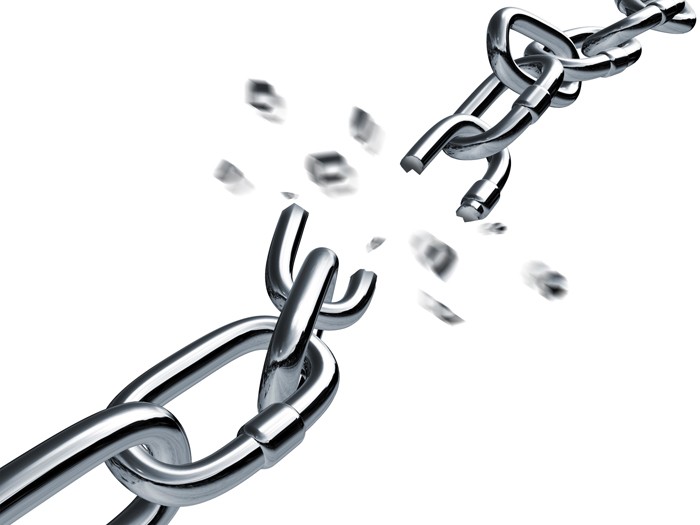Supply Chain Risks
Securing the Small Business Supply Chain

By its nature, supply chain risk is complex. But it also appears to be misunderstood by small and mid-sized businesses.
More than half (55 percent) of U.S. SMEs [small to medium-sized enterprises] surveyed do not believe the loss of a main supplier would have a serious impact on their business, according to Zurich’s Third Annual Global SME Survey, which polled SME C-suite executives and managers.
A second study, the 7th Annual Supply Chain Resilience Report – produced by Zurich Insurance in collaboration with the Business Continuity Institute (BCI) – found that 74 percent of organizations suffered at least one supply chain disruption in the past year, and 14 percent suffered losses of well over $1 million.
The top three causes of supply chain disruption were unplanned IT and telecommunications outages (64 percent), cyber attack and data breach (54 percent), and adverse weather (50 percent).
Supply chain resilience has serious implications for businesses of all sizes, said Linda Conrad, director of strategic business risk for Zurich North America.
“Many companies seem to be so focused on managing the bottom line that they don’t look out for these operational risks within their supply chain, which is close to driving blindfolded,” Conrad said.
The data conveys that many small enterprises do not fully understand the level of exposure facing their supply chains — and that overlooking these risks can be extremely costly.
“Due to the increasing complexity of global trade and how goods must travel, it’s not a case of it, but when a supply chain disruption is going to happen,” Conrad said.
She noted that a previous study found that about 40 percent of companies that suffer significant supply chain disruptions fail.
“Dollar values are going up and people are not thinking through in advance how much will cost them.”
And for SMEs, their limited or lack of cash flow cushions and a loss of market share resulting from a disruption can serve as a rough one-two punch.
Good practices can mitigate the worst effects of supply chain disruptions. — Patrick Alcantara, senior research associate, Business Continuity Institute
“SMEs often do not have the tools, support and methodology to quantify what a supplier disruption will do to their business,” she said. “Most SMEs have an ‘all hands on deck’ scenario in trying to be profitable, but no resources to measure potential loss. Yet, the supply chain is their economic lifeblood.”
Conrad added that Zurich’s database of supply chain disruptions across the globe reflect that many of those losses are not caused by insured occurrences, such as a fire.
For example, a work slowdown at a seaport can wreak havoc with a supply chain but is not specifically covered via insurance.
“Eventually when the goods show up, SMEs are already behind in filling orders,” she said, adding that that the fastest-growing supply chain risk today is often a cyber issue, even more than goods or supplies in transit.
The surveys also found that nearly one in 10 organizations cannot name their key suppliers and seven in 10 do not have visibility over their full supply chain.
Other findings of the report include:
- Among the top 10 disruptions new to the list this year are a product quality incident (No. 8), a business ethics incident (No. 9) and lack of credit (No. 10).
- The top five consequences of disruption are loss of productivity (58 percent), customer complaints (40 percent), increased cost of working (39 percent), loss of revenue (38 percent) and impaired service outcomes (36 percent).
- One-third (33 percent) of respondents report “high” top management commitment to supply chain resilience, increasing from 29 percent last year.
- More than two-thirds of respondents (68 percent) report having business continuity arrangements in place to deal with supply chain disruptions.
Patrick Alcantara, senior research associate at the BCI and a report author, said that good practices can mitigate the worst effects of supply chain disruptions.
“With findings consistently showing top management commitment as a key enabler of supply chain resilience, we encourage business leaders to take a closer look at their supply chains and champion good practice across their organizations,” he said.
“Through our work with customers in this area, we’ve found that increasing visibility along supply chains and resilience are major sources of competitive advantage,” added Nick Wildgoose, global supply chain product leader at Zurich Insurance Group.
“Senior management leadership is the key to overcoming silo thinking about supply chains within an organization, regardless of size,” he said.











